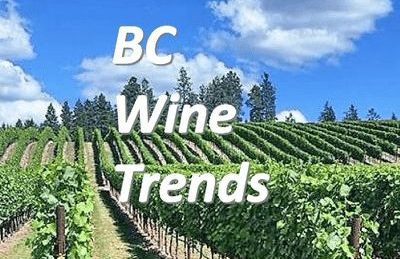Now for something completely different, a dialogue with a major wine country!
Spain is the number 3 wine-producing country after France and Italy. After talking to over 30 BC winemakers about the 2016 vintage I had the opportunity, through Marta of the Medganic Group, to make a direct vintage comparison to the organic wines of Spain. Medganic’s vision statement is “strength lies in unity”. The group is comprised of medium and small size organic wineries from different locations in Spain. They want to make their work and wines widely known and have a special interest to step on the North American map.
The following wineries provided their thoughts on Vintage 2016.
Viñedos RUIZ JIMENEZ / La Rioja
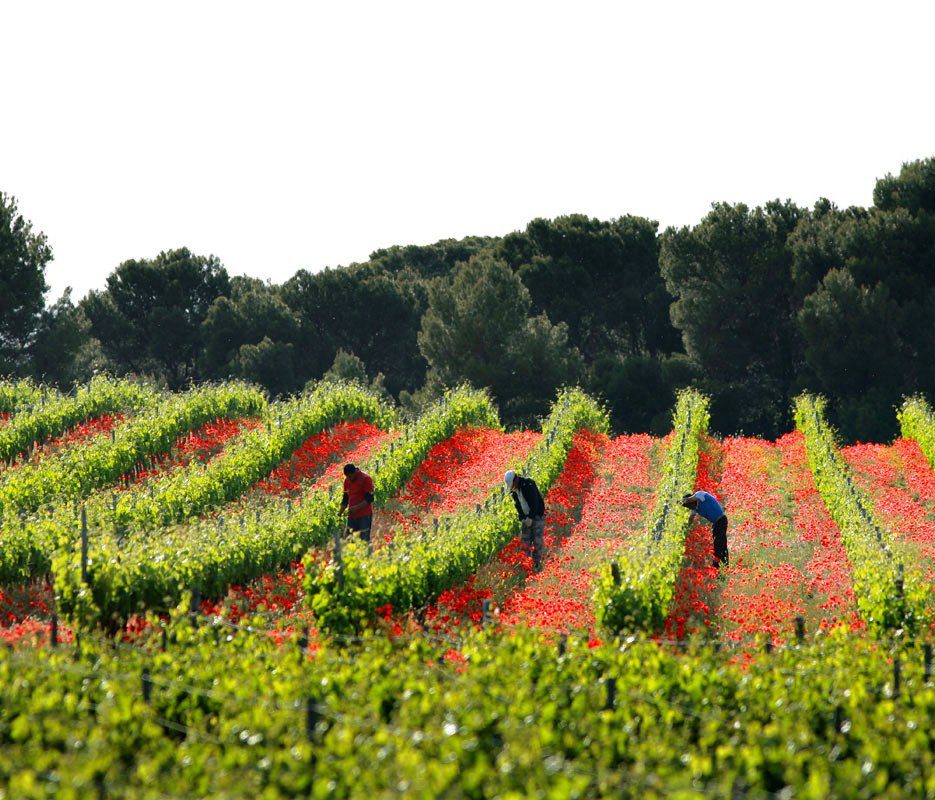
Francisco Ruiz, a winemaker for over 18 years, knows that every year is different. He loves the challenges of organic agriculture and organic wine making and relies on years of organic farming experience to plan each year’s harvest.
The harvest of 2016 was late. The lack of rain during the springtime and the high temperatures during the summer delayed the maturation of the vines. Harvest was slower than other years but the delay ensured the grapes reached the correct level of maturity.
Despite being in La Rioja Baja, we are located at an altitude of 600 – 700 meters. This location causes a late cycle of the plant and a later degree of maturity when compared with other nearby vineyards. This year we started harvesting at the end of September. The white varieties were first, beginning with the White Tempranillo, a native variety of La Rioja. The harvesting continues with the red varieties being next, Tempranillo and Grenache. By mid-October, the harvest was finished with Graciano. This indigenous variety shows a later maturity so it usually is the last one harvested. We can say that we are happy with this 2016 vintage. The young wines are very aromatic and fruity, well balanced with great acidity. The aged wines have a good structure, great colour and tannic. In general, the harvest was uneventful and allowed us to obtain beautifully ripened grapes that will give us well-balanced, aromatic-intensive wines with great potential.
FORESTA / Massis del Garraf (Catalonia)

The 2016 weather in Massis del Garraf was very dry, with very little rainfall. There was rain but it fell during periods when the grapes could not fully exploit the moisture. We are fortunate because we are close to the Mediterranean Sea which gives us some extra moisture that is absolutely necessary. However, the stress of the low rainfall decreased the production of some varieties by up to 35%.
So that the desired phenolic maturity could be reached, extraordinary actions had to be employed to help the vines. In some cases, we did extra ploughing and in the most extreme scenario, the plants were watered. At one point, we found that the grape’s ripening process was interrupted since the vines did not have enough capacity to achieve the desired level of maturity. The decision was made to reduce the burden for each vine so grapes (20%) were pulled to help the plants.
It has been a good year to determine how native varieties (Xarel·lo, Sumoll) compared with foreign varieties; the native varieties measured up well. Production of the first grapes showed a decrease of only 15% but the produced a very balanced grape despite the increase of the degree. Organoleptically, secondary aromas prevail over the primary ones. Wines have increased their volume by an average of 1º. They are more structured with large clean tears that show the wines’ glyceric content. Despite the initial uncertainty, we are very satisfied with the final results.
EUDALD MASSANA NOYA / Penedes (Catalonia)
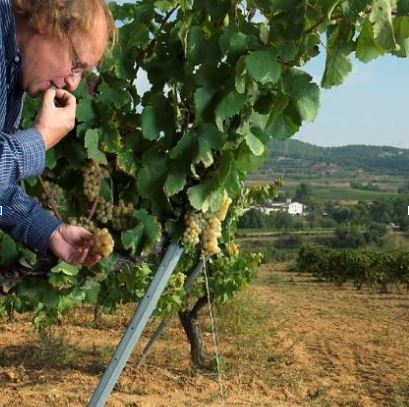
Our work begins a year before the preparation of the vintage. Nine generations have worked this vineyard and our knowledge of how to treat the vineyard, the influence of the cosmos, the moon and the sun has made 2016 an exceptional year for wines.
The entire process was controlled from the vineyard. Each bunch of grapes was taken care of, not only in the winery but throughout the whole process. It was not an easy year, the low rainfall of spring and summer caused a decrease in the harvest. The condition of the grapes continued to be very good which helped the grapes retain their properties and a great concentration of aromas and flavours. The careful work in our “kitchen” with the winepress and barrels allowed our grapes to convey all the vines’ essences into the wines. Furthermore, because we know in advance which grape parcels are destined for a certain wine or cava, every step we take in the vineyard is made with the final product in mind. In this way, we refine the whole preparation process by taking care of the grapes and giving them all the pampering that they need.
The musts in the 2016 vintage have been great and like in previous successful years, we are very proud of the quality wines we have achieved!
COMA D’EN BONET / Terra Alta (Catalonia)

Coma d’en Bonet Cellar is located in the northeast of Spain, 150 km south of the Pyrenees and 40 km from the mouth of Ebro River in the heart of Terra Alta, a fascinating DO. Currently, we have 28.40 ha. of organic vineyards that take advantage of the natural undulations of the earth, terraces and hillsides composed of limestone and clay soils. These soils are poor in organic components. The vineyards are at 375 meters above sea level with low annual rainfall. The vineyards have benefited from more than 2,000 hours of sunshine during the growing season and also from the influence of the Cierzo wind (strong, dry wind from inside the Iberian Peninsula) and Garbinada (wet, delicate wind from the Mediterranean Sea).
2016 was another year in which we found ourselves with a harvest affected by water shortages during the whole growth cycle of the vine (250 l/m2), and especially during the summer (10l/m2). This significant water shortage was partially alleviated by irrigation. Due to a “setting failure” during the flowering period, production was reduced by ~ 30%.
The harvest of White Grenache grapes began on September 6 and the Viognier followed. The harvest of the red varieties (Red Grenache, Merlot, Syrah) began during the second half of September. The harvest was completed during the first 10 days of October with the Cabernet and Cariñena varieties.
The coldest months of the winter were already behind us and the vinifications are done so bottling of the white wines was begun with the White Grenache showing us its full potential. As far as the red wines are concerned, we already have a good portion of them in barrels where they have just been refined. The young wines will be bottled soon.
Bodegas CORISCA / Rias Baixas (Galicia)
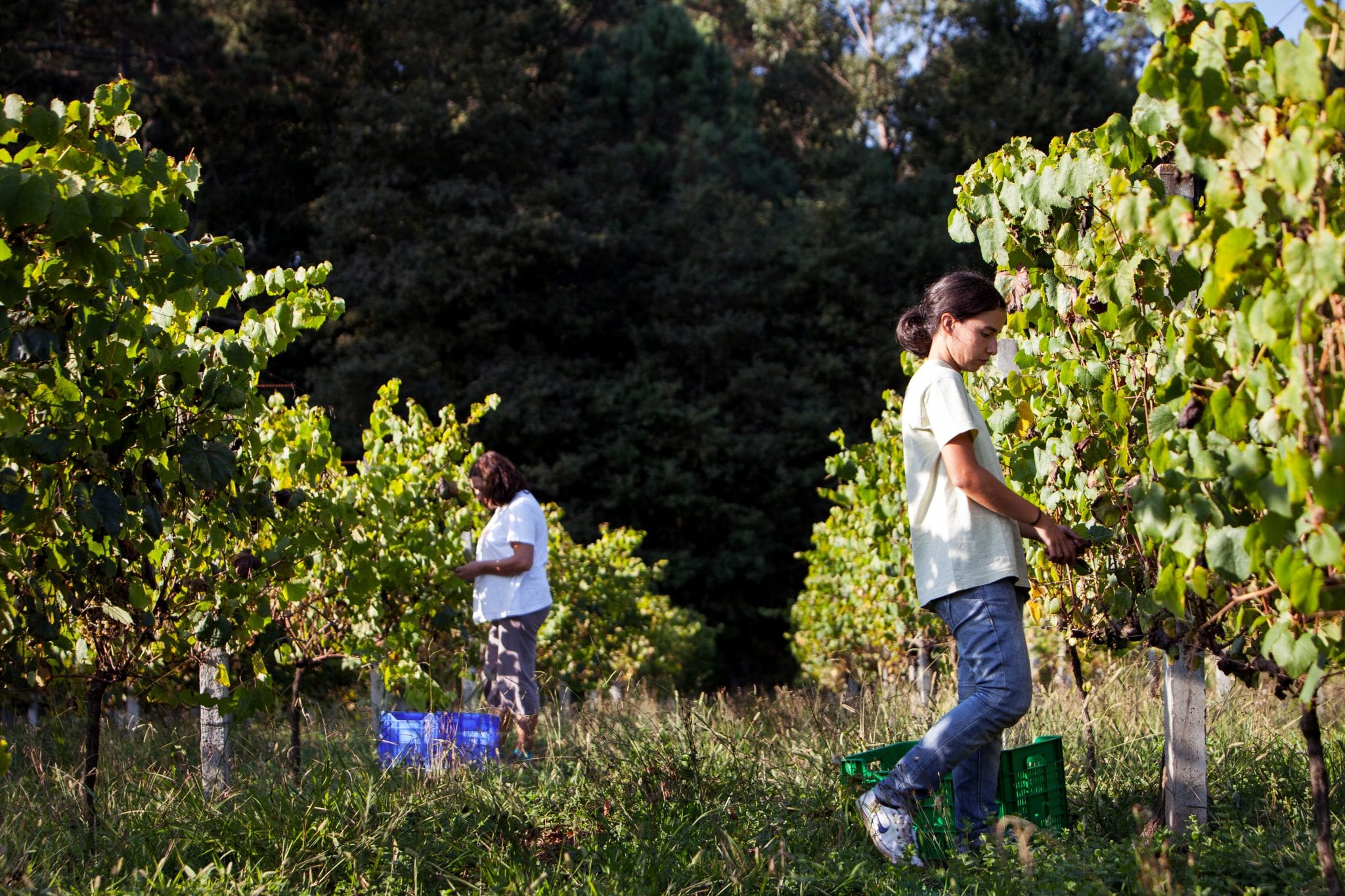
Bodegas Corisca is a small estate winery that is pioneering organic wine production with 4 hectares of Albariño grapes. Terravista is one of the few BC Wineries that produces this wine.
In the south of Galicia, the 2016 Vintage was high quality but with a low yield compared to previous years. During spring, the conditions were not optimal for flowering and purging which meant that the number of clusters and grapes formed were smaller than in other years. Summer was also exceptional in that the weather was drier than usual. This resulted in smaller grapes than usual with a highly concentrated aromatic charge. At harvest time the weather remained sunny and dry, providing excellent ripening conditions for the grapes resulting in excellent levels of alcohol and acidity. The grapes were high in quality and natural yeasts were used for optimal flavour extraction. The planned release is June 2017.
Bodegas FION / Ribeira Sacra (Galicia)
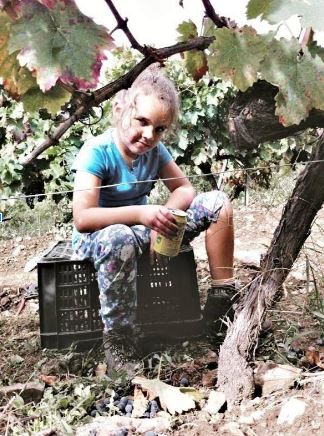
The 2016 campaign has been determined by rainfall from the autumn until the month of May. During this agricultural year we have received a total of 1025 mm of rain, when typically, we receive between 600 and 700 mm. Sprouting began between the first and second week of April, two weeks later than last spring due to cool temperatures and precipitation.
Due to the intense rainfall of the month of May, there was an intense attack of mildew (mildiu) that affected the leaves and clusters of several varieties. The Mencia grape production in the region was reduced approximately by 12% compared to the previous season.
The flowering began during the month of June. The summer has been very dry, with no precipitation from mid-June to late August, which caused plant stress due to a lack of water.
Source: Many thanks to Marta Acero of Medganic (the name comes from a combination of Mediterranean and Organic). If you want to receive more information about these and some other products, you could contact Medganic at info@medganic.com
